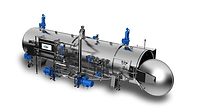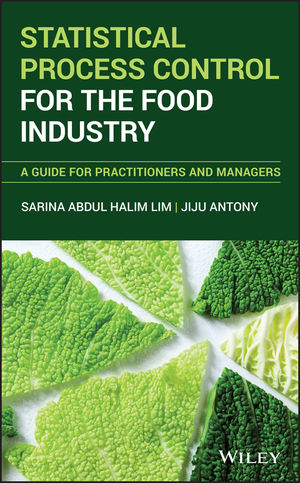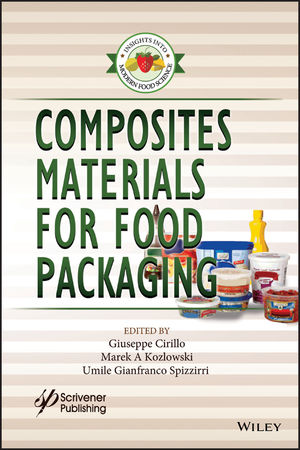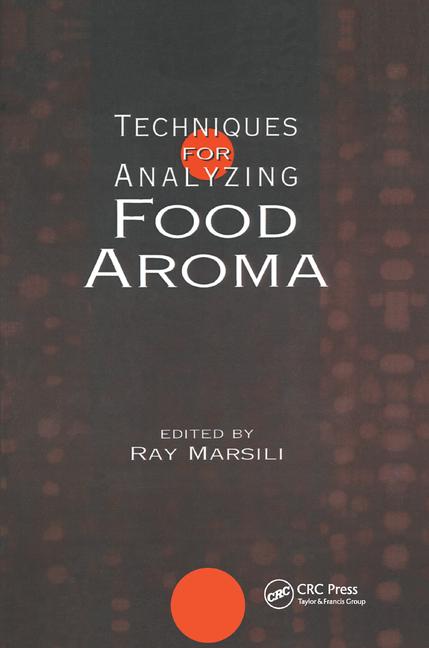Faster retort cycle times for fruit

"Our first vacuum system was purchased thirty years ago, a second similar system was added ten years later, and a third less than ten years ago," explains Scott Newlin, project engineering consultant for National Fruit. "The three were tied together in a parallel system through a manifold, so that together they pulled vacuum on a single retort. Typical time to draw the required vacuum was originally two minutes, but that time had recently increased to three minutes or more, drastically cutting back production at peak periods."
When called in to troubleshoot the problem, Croll-Reynolds, the manufacturer, found the oldest system was in need of repair and the second system was wavering. "Vacuum at the retort was, of course, an average of all three systems and poor performance of the older two was pulling down the average. In addition, the inter-system piping was a source for continuing vacuum leak problems," says Newlin.
When it became obvious that repairing the older systems would not be cost effective, National Fruit decided to install a new three-stage system comprised of three vertical ejector vessels from Croll-Reynolds that would do the job faster, require less motive steam and offer better process control.
The first and second ejector take suction from the process and pull air at atmospheric pressure off of the product into an inter-condenser. The third ejector pulls into the after condenser, which ejects air into the atmosphere while condensing water flows back to the system. The three-stage system has the ability to pull down the retort in 1.5 minutes, and with some minor adjustments to the steam and cooling water flow control valves, it is capable of operating at a much faster rate. Since the maximum speed is not always needed, National's operating staff is able to reduce the speed of draw down, which saves energy and reduces costs.
"The system improves process time and production costs, providing operators with the ability to pull down to approximately 29" HgA vacuum in optimum time," says Newlin. "Our old system had difficulty attaining 28.2" to 28.5" HgA."
Croll-Reynolds supplied a condensing water/steam flow control manifold piping system fitted with water-flow and steam-flow valves for fine control. National employed surplus heat exchange equipment to generate a payback in energy recovery costs as well as lowering the total BTU load on existing cooling towers. "We adjusted design variables in the multi-stage system so that the exiting water temperatures from each condenser can be adjusted as needed to optimize energy recovery, resulting in a unique hot water energy-recovery system," says Newlin.
In addition to providing optimum time, temperature and vacuum, the combination of hot steam condensate and cooling water recovered from each condenser offers significant savings. The recovered water is put through several plate and frame heat exchangers and used to pre-heat cold boiler feed water with significant savings. "Management expects these savings to pay for the new system within two years," says Newlin. "Meanwhile, the project has improved the line efficiency for cooking sliced apples, providing faster retort cycle times with higher-level vacuum draws."
For more information:
Guy Levy, Croll-Reynolds,
908-232-4200,
glevy@croll.com
Looking for a reprint of this article?
From high-res PDFs to custom plaques, order your copy today!






